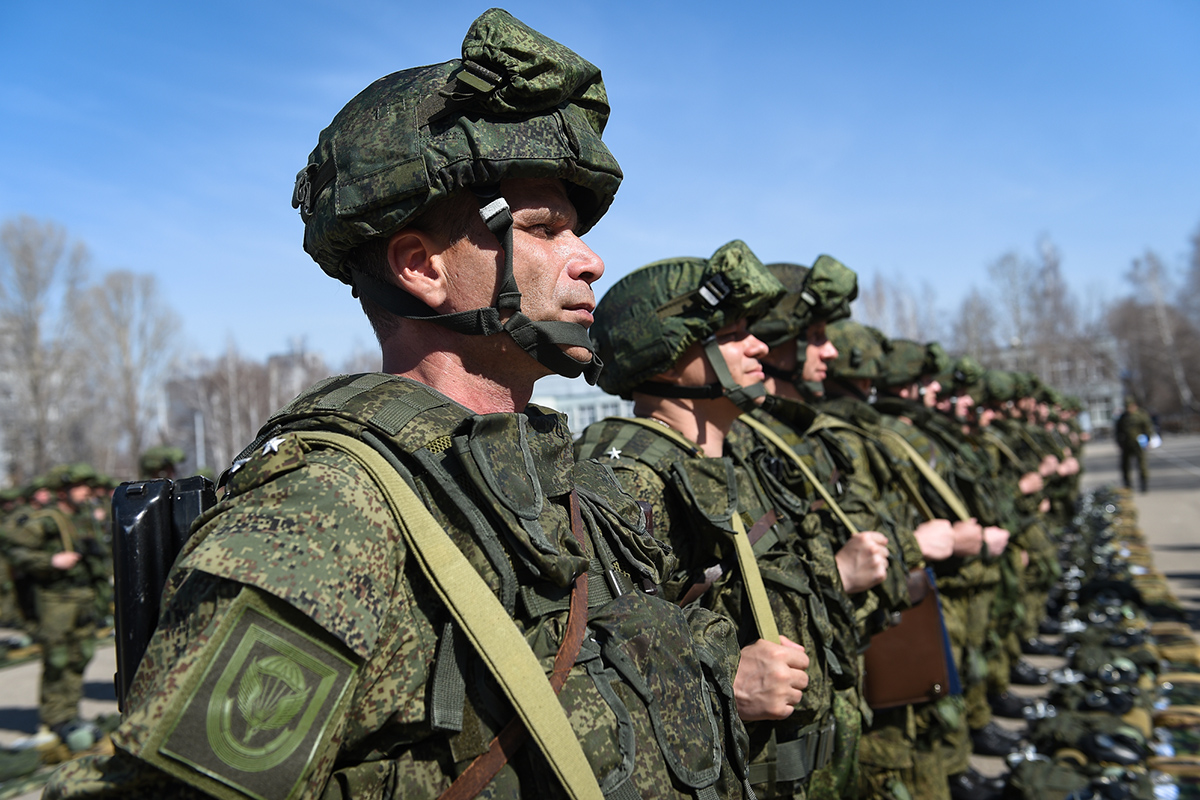Russia’s mobilization reserve may include as many as 25 million people — those with military obligations or past service — from its total population of 145 million. However, only about 3 million of them are considered properly trained and combat-capable, according to the head of Ukraine’s Foreign Intelligence Service.
Since Russia launched its full-scale invasion in 2022, the country has mobilized 1.3 million people, while sustaining nearly one million casualties in killed and wounded, said Ukraine’s Foreign Intelligence Service chief Oleh Ivashchenko in an interview with Ukrinform.
“Russia has approximately 145 million inhabitants. The mobilization resource consists of 25 million people. These are those who have relevant military registration or related specialties. And these are the labor resources that drive the economy. But only 3 million are actually trained,” Ivashchenko said.
Ivashchenko also detailed significant constraints in Russia’s defense production capabilities.
“They are trying to reach maximum output, but it’s difficult for them. They need investments, machine tools, components, and there are problems with this. Electronics and specialized chemistry are particularly challenging,” Ivashchenko stated.
The Foreign Intelligence head also revealed that 80% of Russia’s current military equipment consists of older systems with reduced capabilities, retrieved from storage facilities, repaired, and deployed to combat zone, while only 20% represents modern military systems.
Regarding ammunition production, Russia manufactures approximately 3 million artillery shells of 122mm and 152mm caliber annually. The country supplements this domestic production with 2.5 to 3 million additional shells from North Korea each year.
Ivashchenko reported that Russia has acquired 6 million shells from North Korea since the full-scale war began. North Korea has also provided military hardware including 120 units of 170mm M1989 Koksan self-propelled artillery systems and 120 units of M1991 240mm multiple rocket launcher systems.
Earlier, Dutch military intelligence warned that Russia is producing significantly more artillery than needed for its war in Ukraine, with support from other countries, and is moving new military units toward NATO borders, especially in the Baltic states and Finland. Dutch officials stressed that, while an immediate attack is not expected, Europe must prepare for the possibility of future Russian aggression.
Recently, US intelligence also indicated that Russian President Putin is prepared to continue the war against Ukraine through at least the end of 2025, viewing the conflict as central to his personal legacy and the future of his regime.
Despite significant losses and international sanctions, Putin is determined to achieve his objectives in Ukraine and shows no signs of willingness to negotiate a meaningful peace. The Kremlin is mobilizing resources and adapting its strategy to sustain military operations, while also intensifying efforts to undermine Western support for Ukraine through propaganda, cyberattacks, and political interference.
Read also
-
US intelligence: Putin remains ready to fight through 2025— war determines his legacy
-
Dutch Intelligence: Russia is making “much more artillery” than it needs for war in Ukraine and moving troops toward NATO borders
-
Russia escalates attacks to defy global diplomacy, Zelenskyy says as 355 drones strike Ukraine




